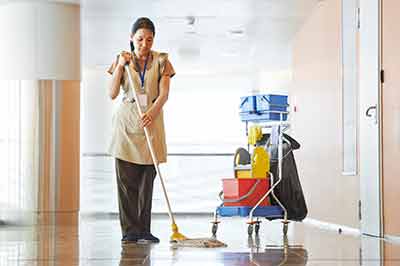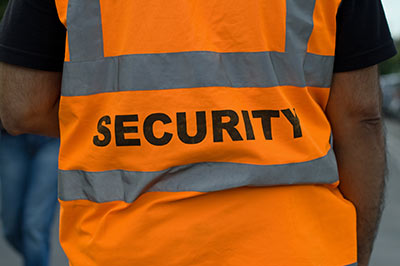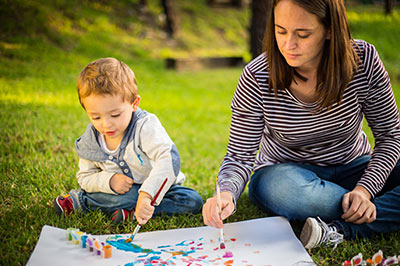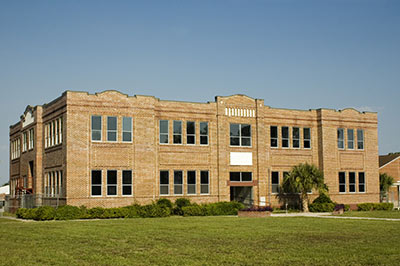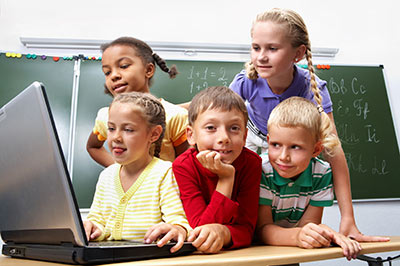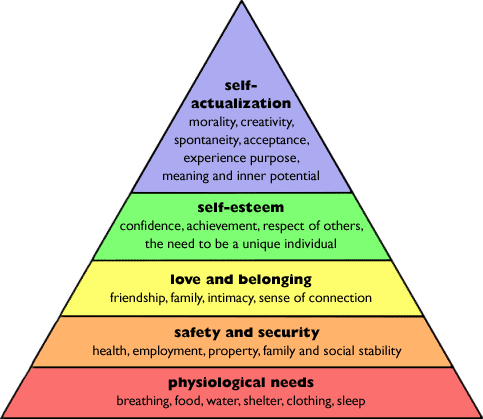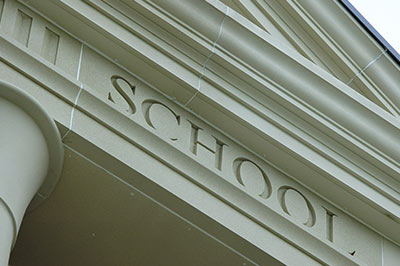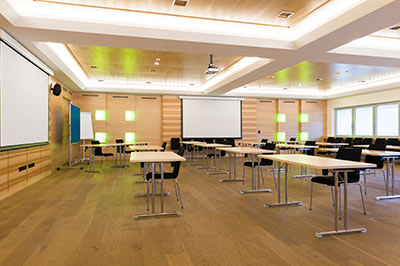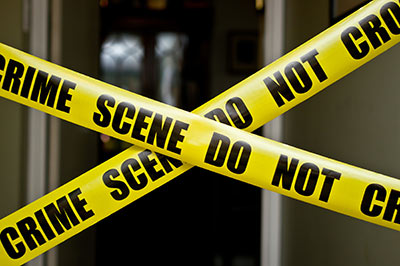By Rex Morrison, Founder, 501c3, Process Cleaning for Healthy Schools®
Health care is often associated with high cost, but preventive health care often costs less and pays more in better health and other benefits. According to the U.S. Surgeon General’s office: “Prevention policies and programs often are cost-effective, reduce health care costs, and improve productivity.” [1]
Cleaning—the removal of unwanted matter, including dirt, dust, microbes, excess moisture and other contaminants that can affect health and the learning environment—is a form of preventive medicine. Process Cleaning for Healthy Schools®, a 501c3 not-for-profit program rooted in this premise, is established in nearly 400 schools nationwide, demonstrating effectiveness and affordability.
Through a process of standardization, repeatable process, and simplified training, the program saved one large western school district approximately $800,000 in the first year of deployment [2]. This was accomplished while enhancing cleaning and health-related impacts. A typical savings for smaller districts using the Process Cleaning® method might be in the six figures, while incorporating healthier practices including:
- Simplified, ergonomic methods and tools
- Daily cleaning of classroom desk tops and “touch points” for reduction of fomites (e.g. cleanable surfaces that may be contaminated with and transmit pathogens)
- AC- and battery-powered, micro-filtered, backpack vacuums for mobility, speed, access, and dust retention
- Restroom cleaning using spray-and-vac technology for more rapid and complete soil, viral, and bacterial removal versus older spray-and-wipe or mop-and-bucket methods
The Process Cleaning for Healthy Schools® program is developed in two stages:
- A two-day assessment
An initial onsite, two-day assessment provides the school district with a basic implementation outline based on cleanable square feet, building layout, special needs, current staff and desired reductions. Net savings—subtracting total program implementation investment and costs for district-wide deployment including labor, supply and equipment needs—are determined by this initial assessment and are provided in writing and on Excel spreadsheets.
- A two-week implementation
PC4HS uses well-defined management principles and practices including task specialization, standardization, time and motion benchmarks, training, and work loading to help ensure results within budget. Color-coded service maps are created for both daily and deep cleaning, and service assessment logs are used for tracking and documentation purposes.
Cleaning, Health and Learning
A 2008 report from the Minnesota Department of Health (MDH), reviewed the scientific literature “to advise school officials and other interested parties about the relationship between cleaning, indoor environmental quality and health.” [3] MDH’s summary reported:
- Effective routine and periodic deep cleaning reduced indoor levels of dust, volatile organic compounds (VOCs), and microbes 29% to 84%.
- Proper cleaning of floors and common above-floor surfaces lowered classroom dust 21-42%.
- Frequent desktop cleaning was linked to less sinus congestion and fewer allergies.
MDH correlated better cleaning with enhanced learning, performance, and attendance. It cited related studies showing possible office-task performance gains of two to eight percent from better cleaning.
A 1993 Virginia Tech study evaluated the relationship between building condition (including cleaning) and student achievement and behavior, finding that "student achievement was found to be higher in those buildings with higher quality ratings" and that better test scores were associated with better-looking school buildings, including cosmetic and cleaning-related aspects. [4]
Conclusion
A health-centric, affordable, proven system of cleaning and operations is not only cost-effective, but a “clean for health” program is preventive medicine that pays by making schools healthier and safer for students and staff and contributes to increased attendance, learning, and cost savings. Visit www.pc4hf.org for more information.
References
- Economic Benefits of Preventing Disease
http://www.surgeongeneral.gov/initiatives/prevention/strategy/appendix1.pdf
- NPR – Revolution in Cleaning
http://www.npr.org/player/v2/mediaPlayer.html?action=1&t=1&islist=false&id=3625646&m=3625647
- Minnesota Department of Health. (2008, Aug). Cleaning, Indoor Quality and Health. A Review of Scientific Literature.
http://www.buildingwellness.com/assets/documents/Indoor
_Environment_Characterization_Of_A_Non_Problem_Building.pdf
- Cash, C. S. (1993). Building condition and student achievement and behavior. Unpublished doctoral dissertation, Virginia Polytechnic Institute and State University.
http://scholar.lib.vt.edu/theses/available/etd-10052007-143026/unrestricted/LD5655.V856_1993.C379.pdf
Rex Morrison
Rex Morrison is president of Process Cleaning for Healthy Schools® (PC4HS), a 501(c)3 nonprofit organization with a mission of “schools helping schools.” The process optimizes efficiency, cleanliness, ease of deployment, and health factors through a carefully designed and documented system tailored for K-12 school districts and higher education.

